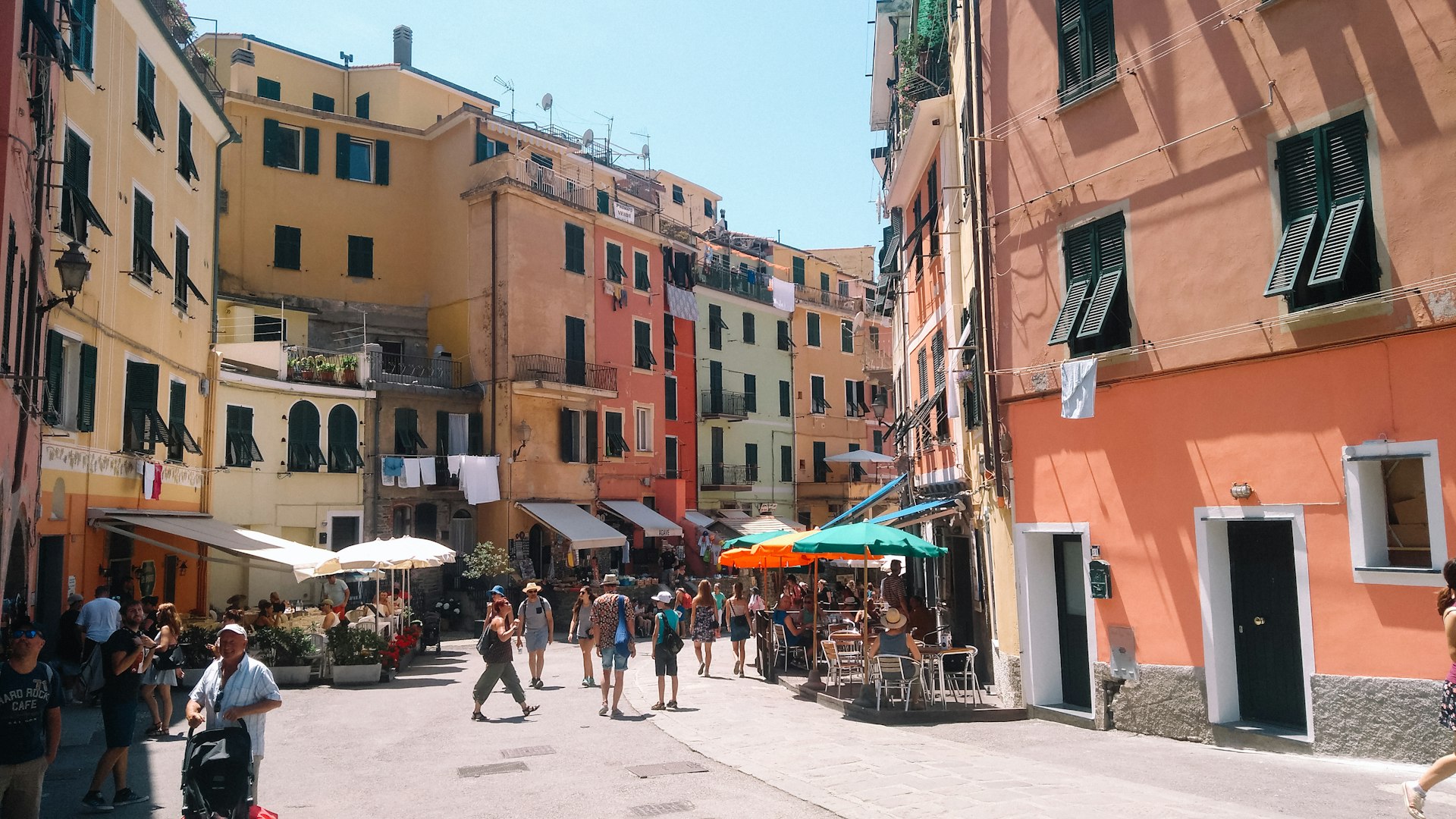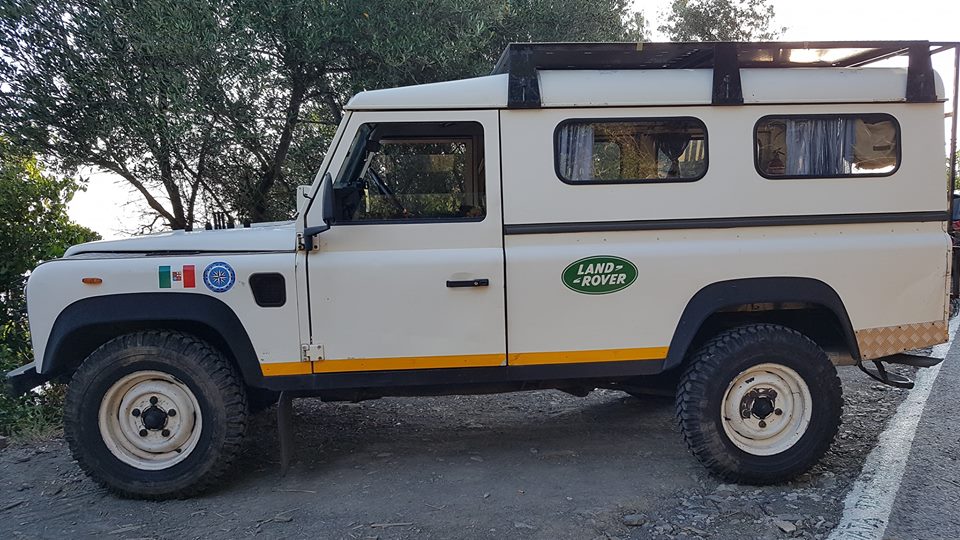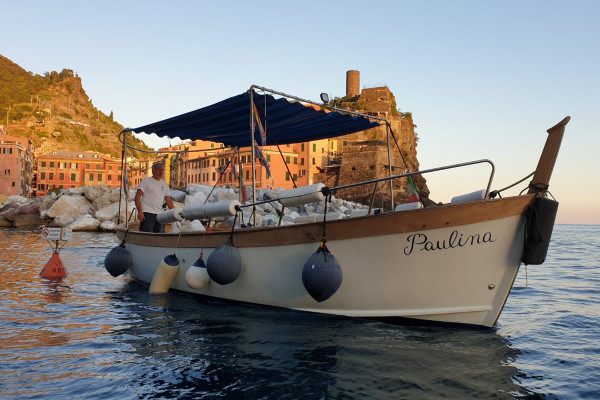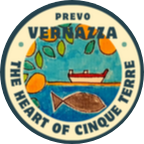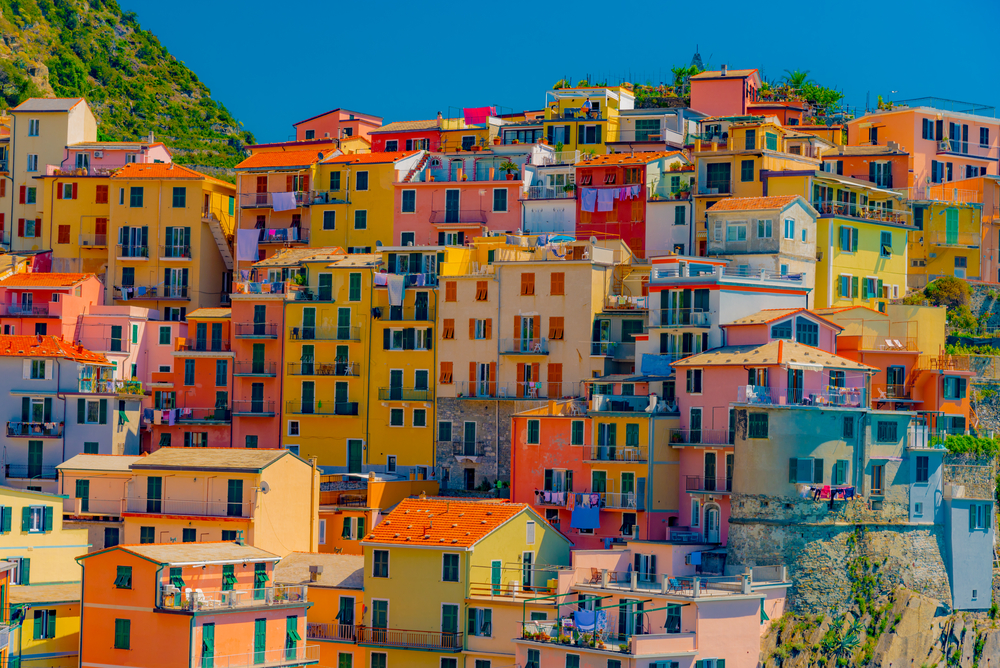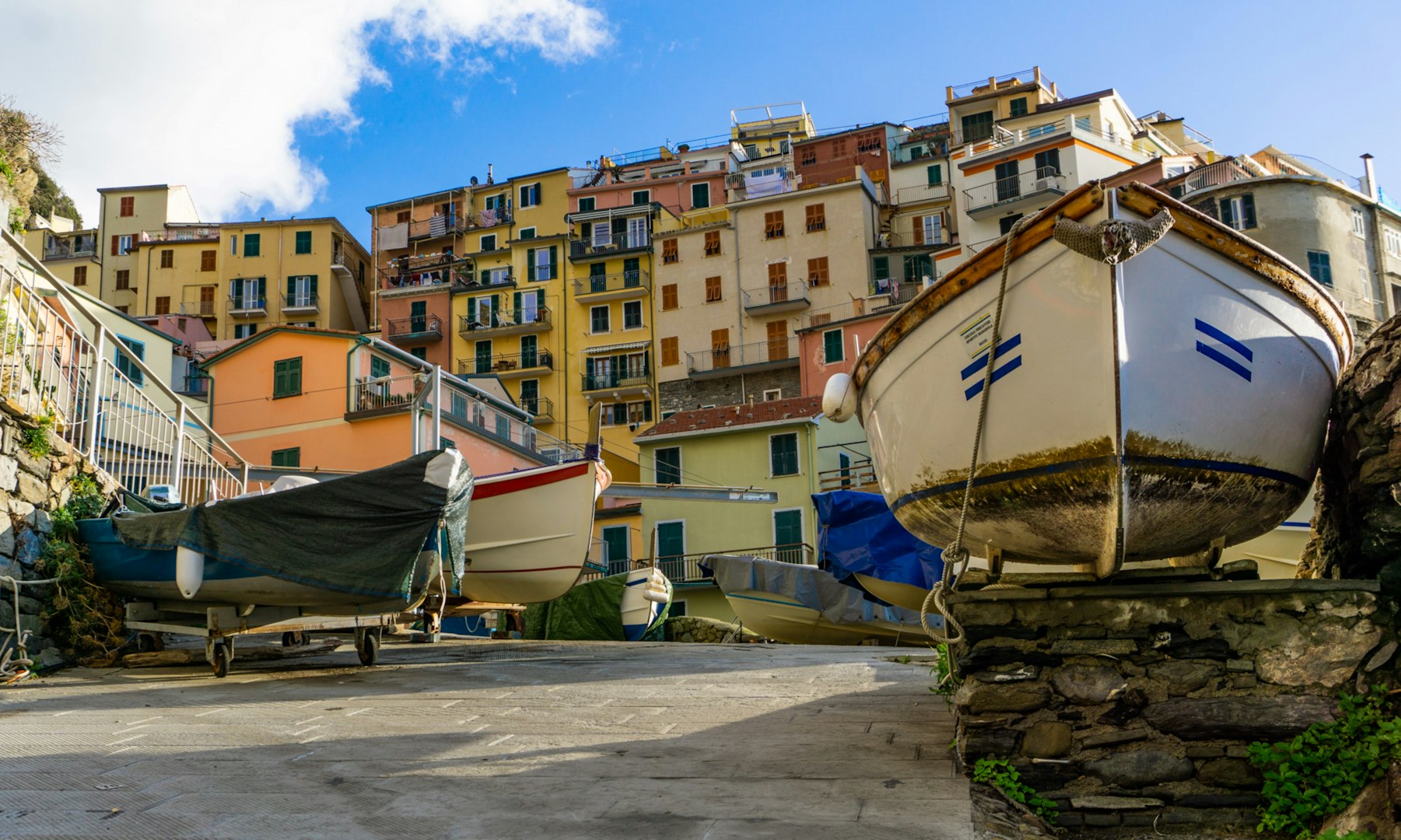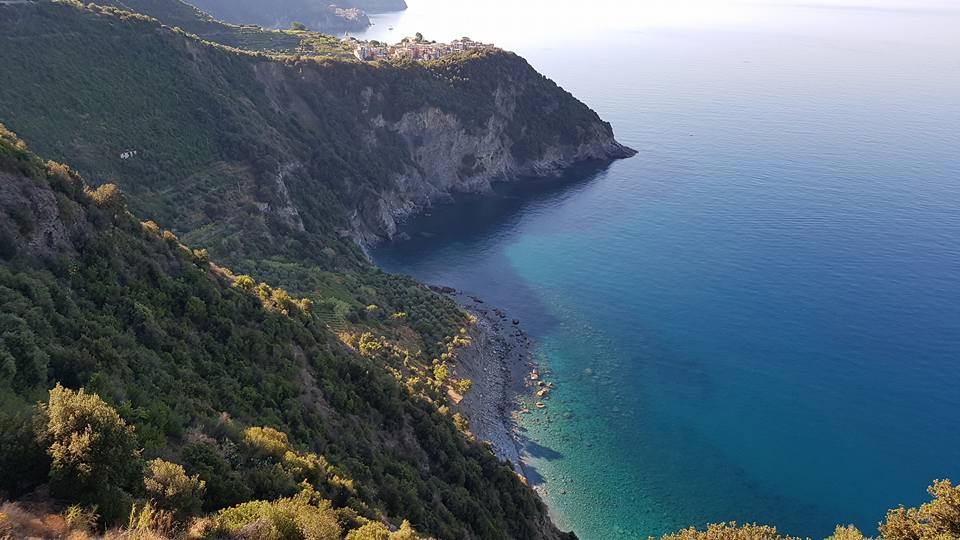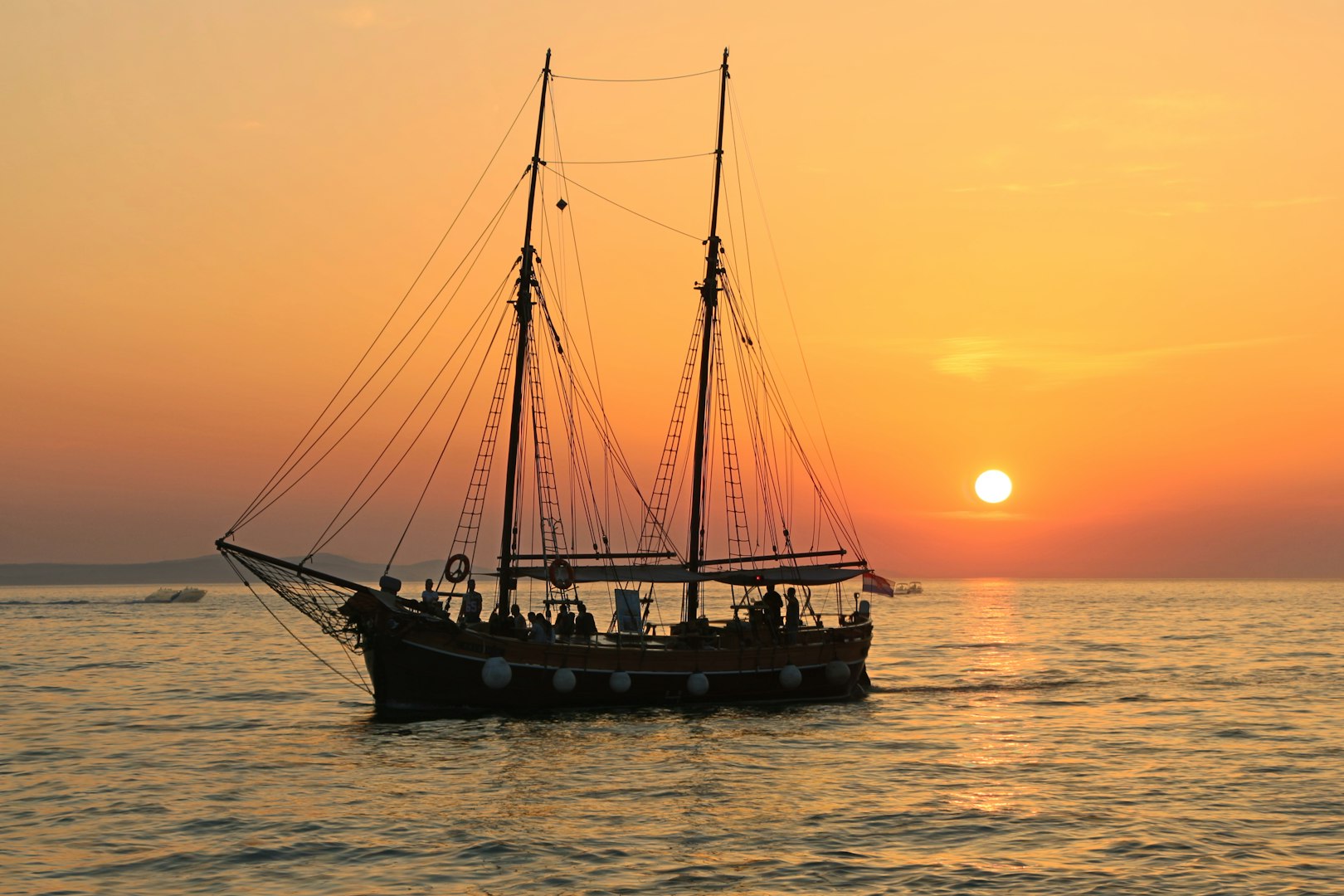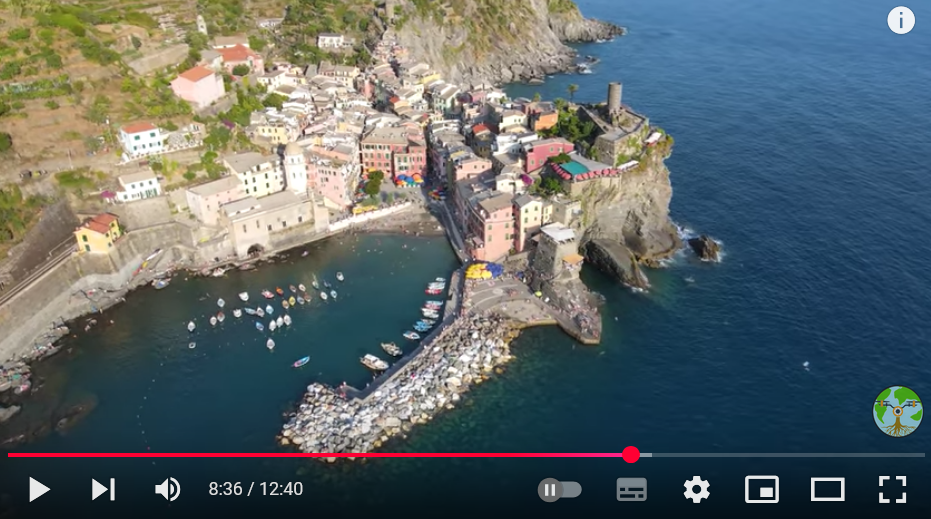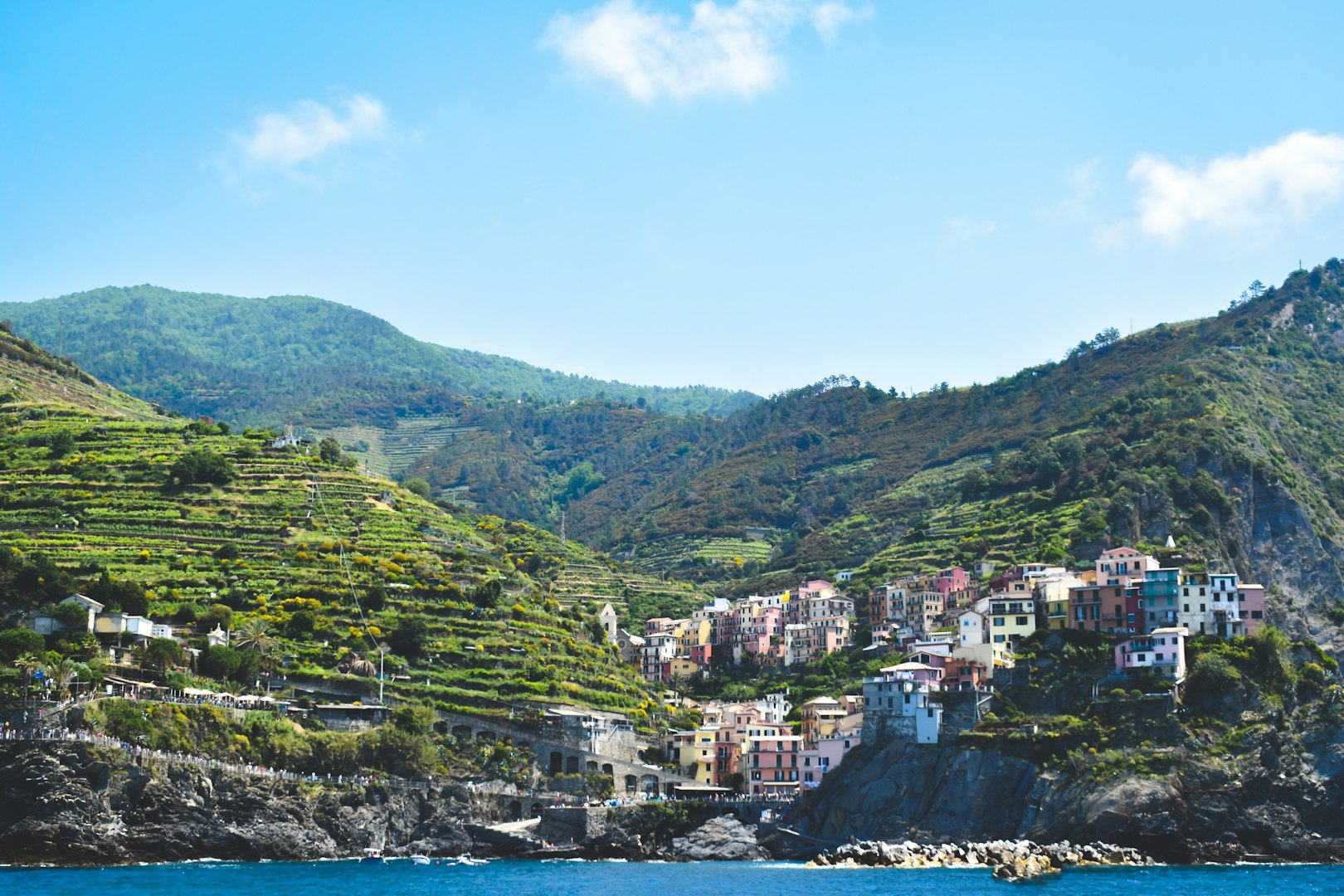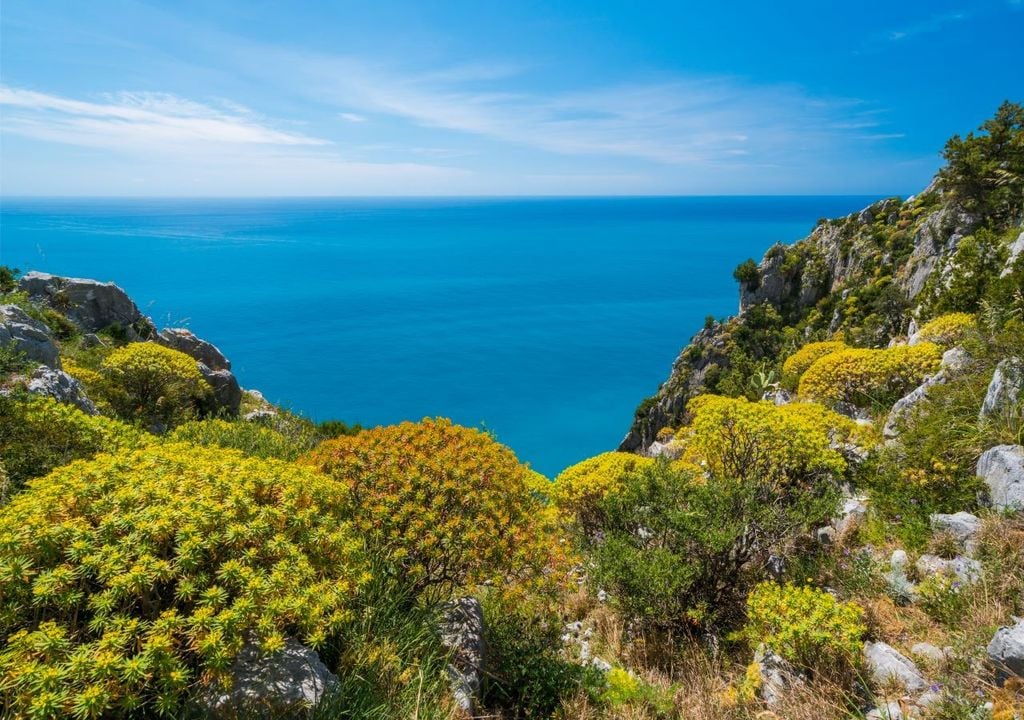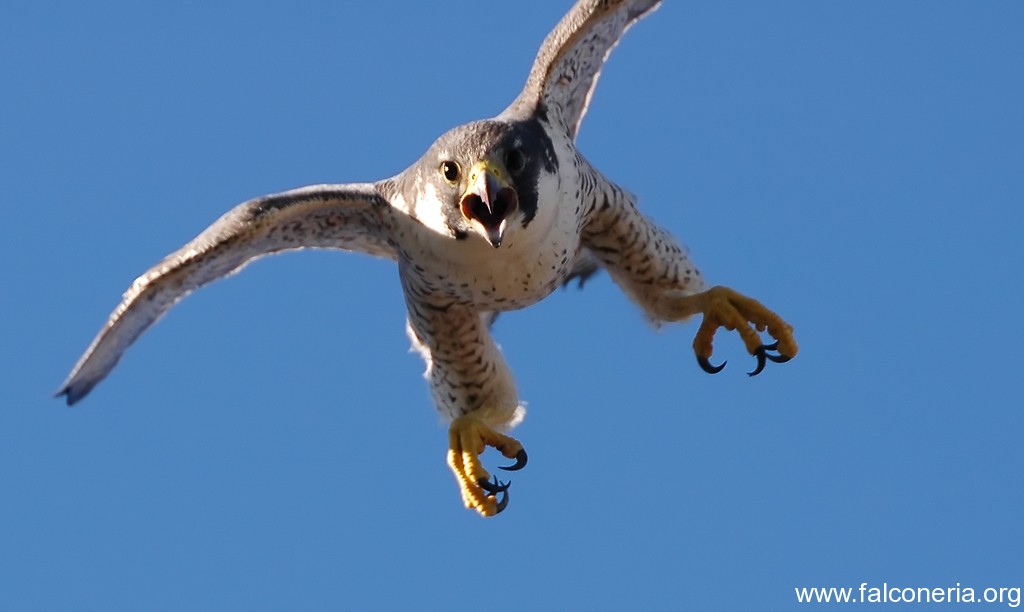Wildlife
Information regarding the fauna of the Cinque Terre is less
comprehensive compared to the knowledge of its flora, primarily due to
the greater complexity involved in faunistic surveys and the diversity
and abundance of taxonomic groups.
The fauna within the Cinque Terre National Park is currently highly
diverse, with a variety of habitats ranging from cliffs to scrubland,
forests to streams, which supports a wide array of species, some of
which hold significant ecological value. The presence and diversity of
species in the park are also influenced by human-induced environmental
changes, agricultural practices, hunting activities, and the
repopulation efforts of certain species.
Within the park, animals have been introduced for hunting purposes. The
wild boar (Sus scrofa), introduced in the 1970s, has likely hybridized
with domestic pigs. This species, known for its high reproductive rate,
tends to proliferate unchecked in the absence of natural predators,
posing a threat to agricultural crops. Additionally, the red-legged
partridge (Alectoris rufa) was introduced around the mid-19th century.
The environment is conducive to the flourishing of various animal
species, including the yellow-legged gull, peregrine falcon, and
imperial crow. Among mammals, one can find dormice, weasels, moles,
badgers, martens, and foxes.
In the rocky habitats, reptiles such as the wall lizard, green lizard,
and various snakes, including the grass snake, Aesculapian snake, and
viper, thrive, while amphibians like frogs and salamanders inhabit the
areas around the streams.
